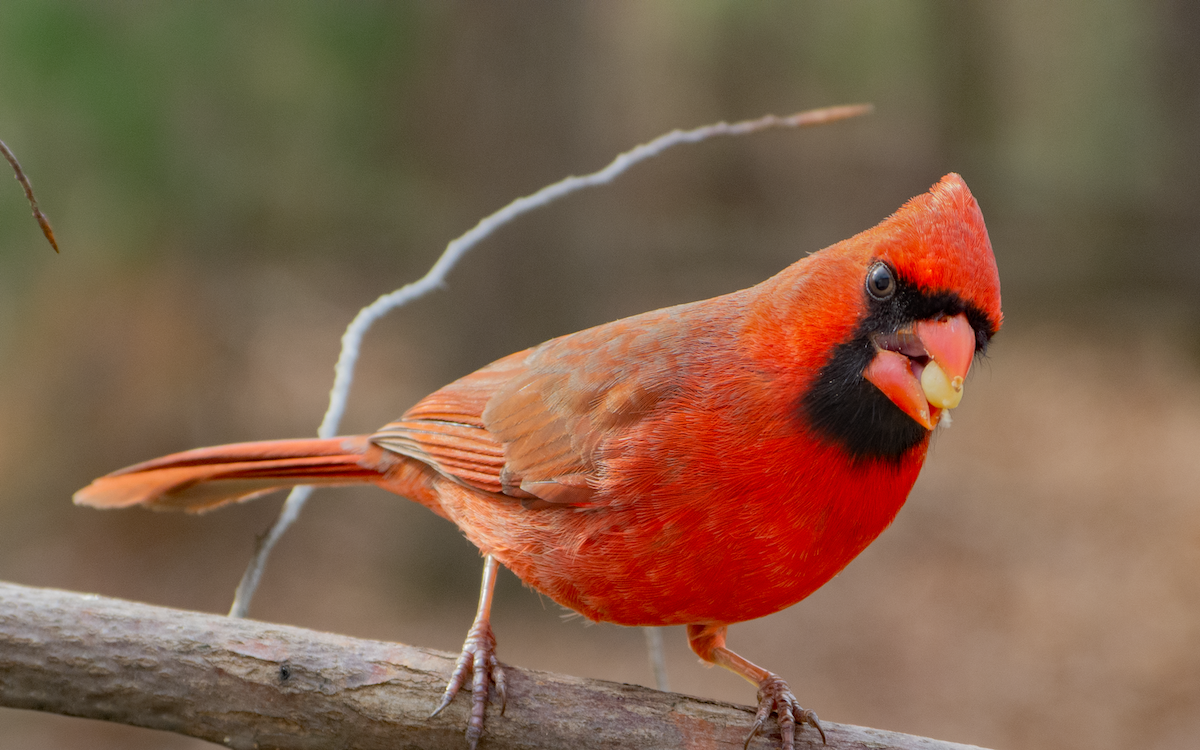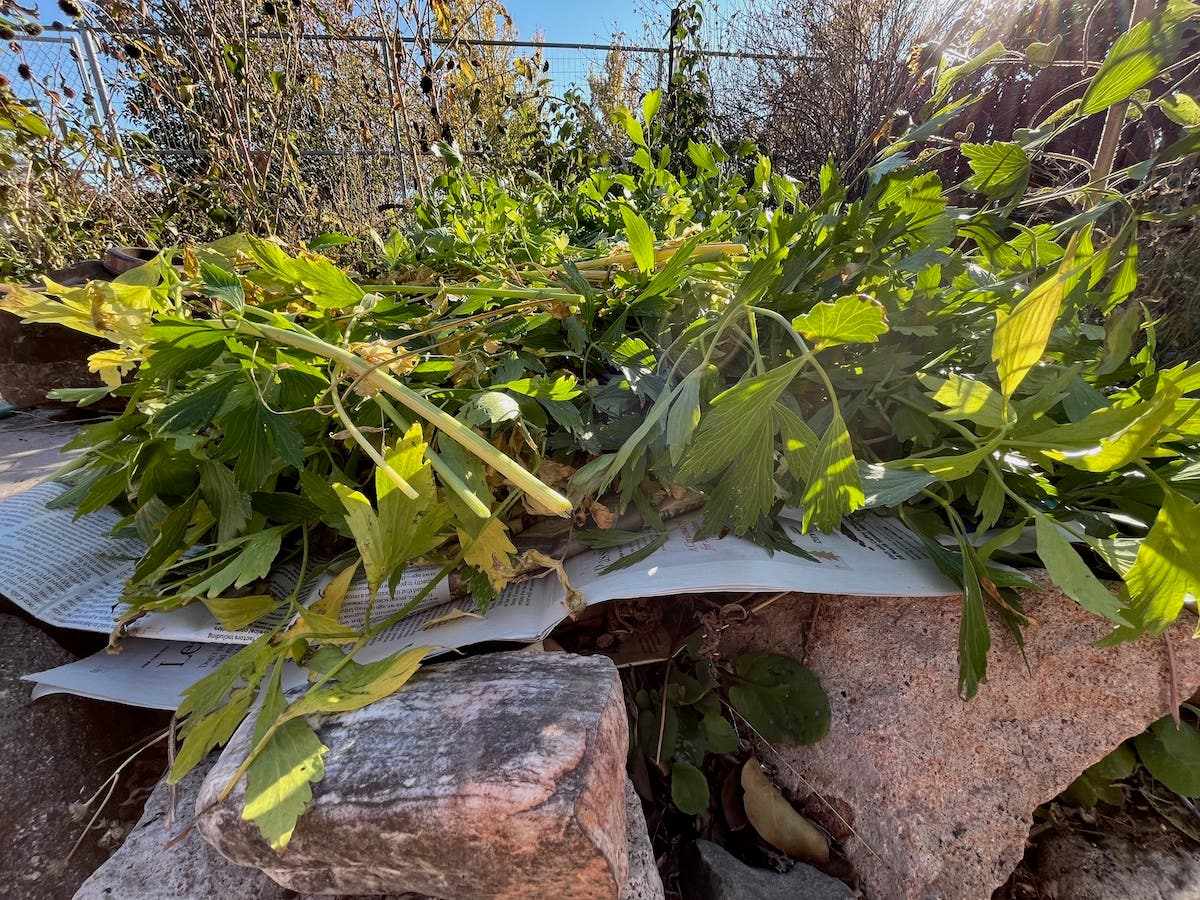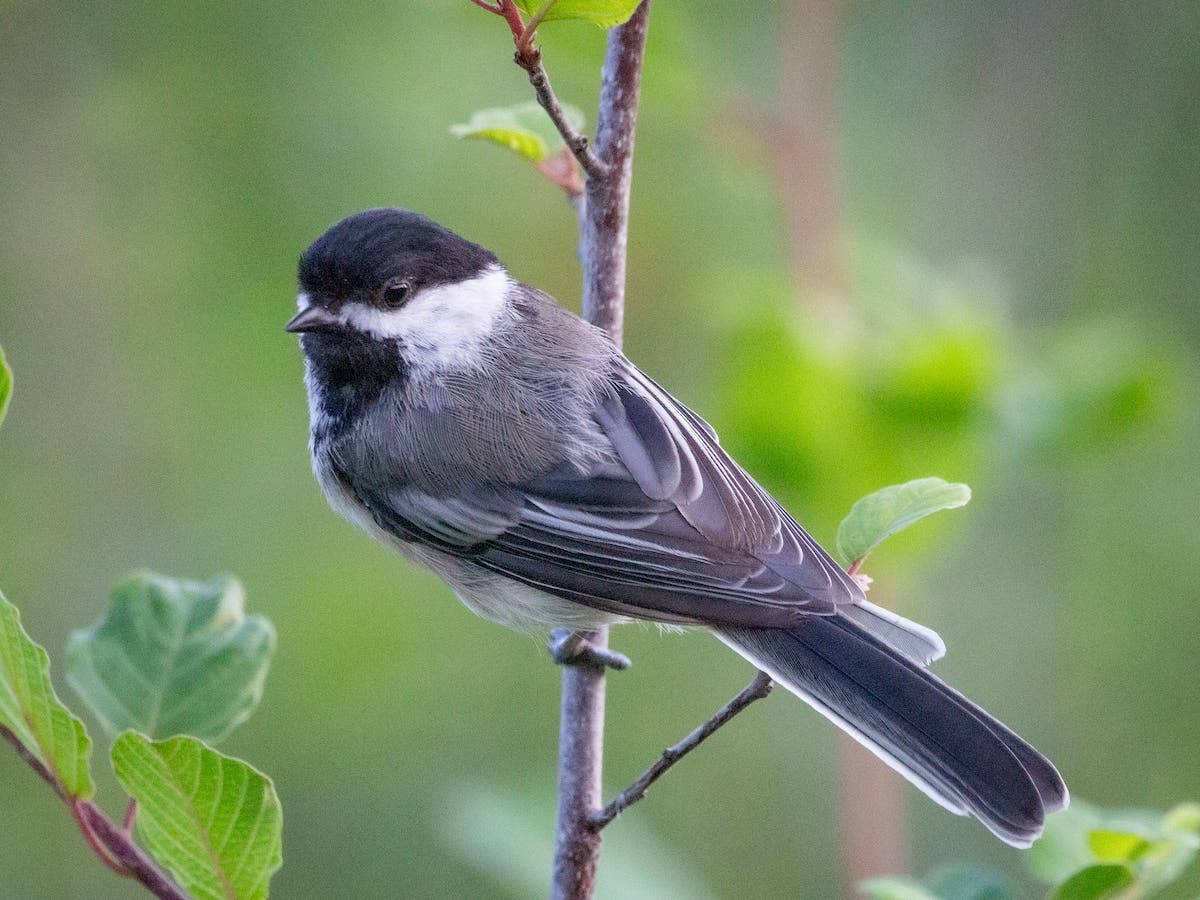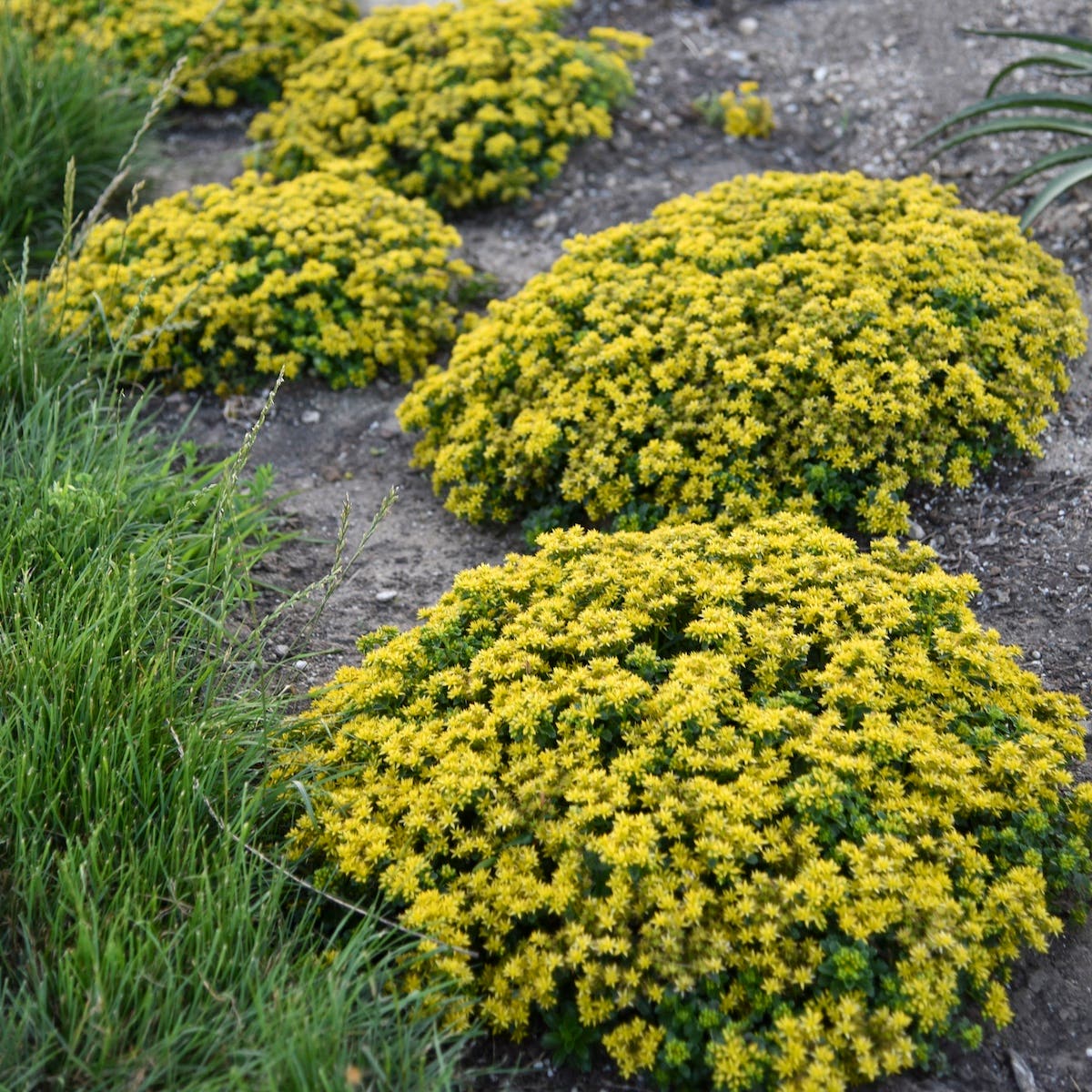How to Divide Irises in Summer
Learn the best timing and methods for bearded irises and others.
Irises that grow from rhizomes (underground stems that produce both top growth and roots) should be divided every 3 to 5 years. Rhizomatous types include bearded, Siberian and Japanese irises. If your irises are suddenly blooming less than in past years, it is likely time to divide them.
The best time to divide bearded irises is about a month after they finish blooming. During that month, they continue to grow underground, then they become dormant. While they're dormant, dig them up, divide them and replant them. The divisions will break dormancy in the fall and begin to grow roots again until the end of the season, getting well established in their new places. Japanese and Siberian irises can also be divided in summer after they bloom, but you will need to be sure to keep the new plants watered during dry spells. In areas where it will be consistently over 90˚F, wait until autumn or spring.
To divide irises, dig up the clump. Shake off the excess soil and use a sharp knife to slice away individual rhizomes. Keep only the ones that are firm, dry and have roots and a fan of leaves attached. You can cut the leaves back to six inches to make the new plants more balanced (roots vs leaves), but remember the leaves will feed the roots through photosynthesis, so don't remove them entirely. Discard the original rhizomes off of which the new ones have grown, because they won't flower again.
Keep Siberian and Japanese iris roots damp until replanting. Bearded irises can be stored dry for a few days to a couple weeks before replanting, and this may prevent rot. Soak the roots and rhizome for a few hours before planting if you have stored them dry. When planting, make a mound in the middle of the planting hole to rest the rhizome on. Just barely cover the top of bearded irises' rhizomes with soil; bury Siberian and Japanese irises to two or three inches. Water bearded irises when planting, then leave them dry. Keep the other types well watered for the rest of the season. They may not bloom the first year.
Image credit: Laura Ockel/Unsplash







